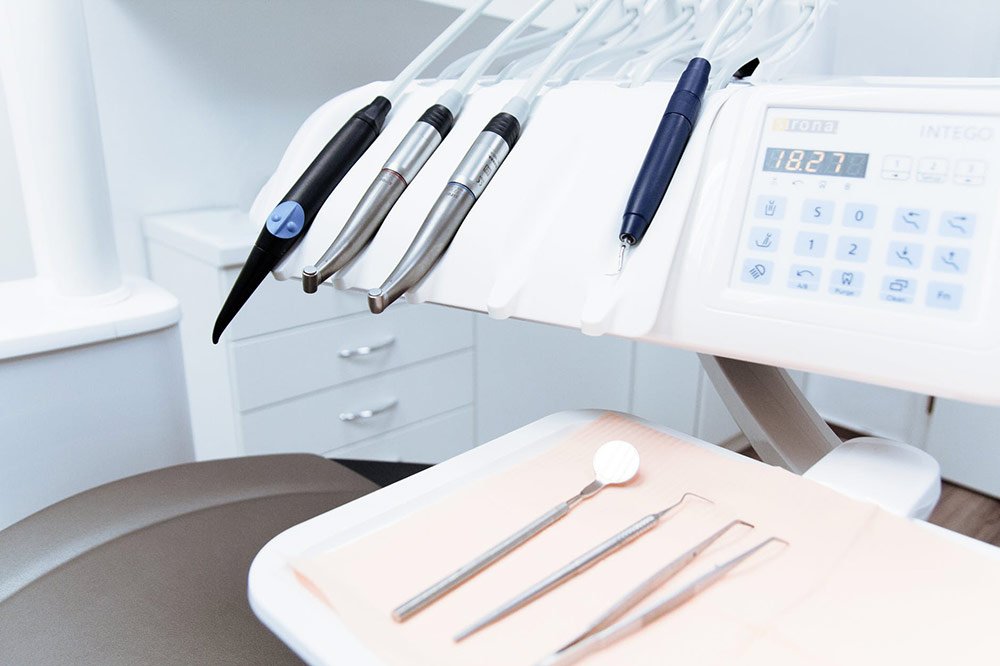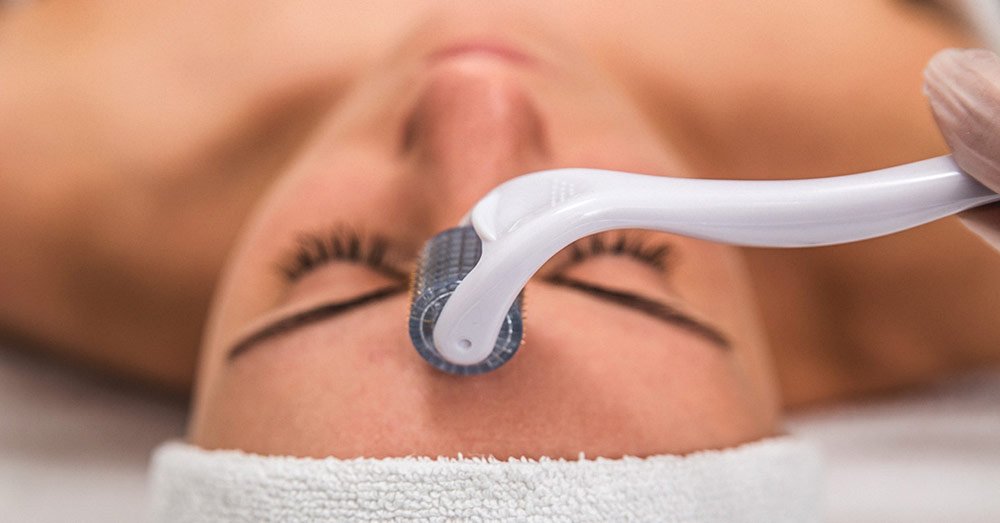It is natural to have low confidence and self –esteem especially in public when you do not feel good about your body. If you have a disproportionate body, with excess fat depositions on specific body parts like buttocks, hips, thighs, abdomen, arms, or neck which can’t go even through rigorous exercise and diet control, then you can be a candidate for Liposuction Surgery. This is a surgical procedure using a suction method to suck out excess fat deposits from specific body parts with body contouring. This is not a weight reduction method. According to the American Society of Plastic Surgeons and the Global survey of the International Society of Aesthetic Plastic Surgery(ISAPS), Liposuction Surgery is the second most popular cosmetic procedure in the world.
Different techniques like Tumescent Liposuction, Ultrasound-assisted, Laser-assisted, Power-assisted, chin liposuction, and Vaser Liposuction can be used depending upon how much and from where the fat needs to be removed.
Feel free to skip ahead if one topic catches your eye:
- Bruising and Swelling
- Pain
- Need to Take Antibiotics
- Clothing and bandages
- Nutrients to include in the diet
- Incision Care
- Results
- Does Liposuction Leave Scars
- Possible Side Effects
- When can you resume all normal activities
1. Bruising and Swelling
Some swelling and bruising are anticipated after every Liposuction Surgery which is a natural body tissue response to all surgical procedures, usually occurring during 1-3 weeks. It becomes visible after 24-48 hours with mild pain and no redness. By the end of 2-3 weeks, this gets a little firm without any pain and discomfort, which means they are on the way to healing as fluid is swept away from your body. In 4 weeks, some parts of your operating area will start becoming soft in patches, until the entire area is soft in 6-8 weeks, and a glimpse of your new version can be seen after 3 months.
2. Pain
After the procedure, some pain, tenderness, and soreness are normal for the first 2-4 days which gradually gets better. You will be prescribed pain killers to relax your body as it heals. The level of pain varies in individuals depending upon the type of surgical technique, the area of surgery, and personal tolerance levels. Mostly it is mild to moderate and easily manageable by religiously following the doctor’s instructions to minimize discomfort and speed up healing.
3. Need to Take Antibiotics
Your doctor will prescribe antibiotics to prevent infections. It is very important to strictly follow his/her prescription and do not alter the dose or duration of antibiotics yourself, as it can have serious effects and also delay healing. Immediately contact your doctor if you see any signs of infection like redness, fever, returning pain, foul-smelling fluid draining out, or increased swelling.
4. Clothing and bandages
Loose and comfortable clothes must be worn after the surgery. Compression bandages are applied to the surgical site and compression garments are recommended as they aid in reducing swelling and bruising, relieve pain and discomfort, and encourage healing by applying an adequate amount of pressure needed. It also helps your body to adapt to the new contoured shape and reduces the skin to develop a lax or wrinkled look. These are usually worn for a couple of weeks as advised by your doctor.
5. What to include in the diet?
Taking care of your diet and including the needed nutrition will enhance your healing process.
- Drink a lot of water and juices to stay hydrated, for reducing inflammation and swelling.
- Have a protein-rich diet like leafy greens, whole grains, egg white, soya, paneer, black or kidney beans, pumpkin seeds, cashews, fish, nuts, and legumes. These will promote the growth of your body cells resulting in speedy regeneration of healthy skin and muscles.
- Take nutritional supplements if prescribed by your doctor depending upon your need.
- Take probiotics like curd etc. if antibiotics are prescribed.
- Keep your food simple and balanced with minimum spices to avoid digestive and gastric problems.
- Avoid fried, processed, sugary, and refined foods, smoking, and alcohol.
6. Incision Care
Caring for your incisions is very important to avoid infections and complications. Depending upon your doctor’s preference, the outer dressings can be removed after 24-72 hours post-surgery. In case of tapes or steri strips, they must be left in place and the surgeon will remove them in the follow-up visits. Always keep the incisions clean and wipe away the fluid draining from them with clean towels. On doctor’s instructions, wash them gently with soap and water and pat dry with clean towels, and put fresh absorbent pads.

7. Results
Patience is the key to enjoying the actual results of Liposuction Surgery. Most of the swelling settles after 4 weeks and you can have an idea of your post-operative looks but 80-85% results are usually seen after 3 months. The final recovery time is 6 months or a year. The fat cells are permanently removed and they cannot grow back, but you can gain weight again due to the increase in the size of remaining fat cells, so to maintain your renewed shape, exercise regularly and have a healthy diet.
8. Does Liposuction Leave Scars
No matter how well the incisions are made, whenever there is a cut, there will be a scar. The visibility of these scars creates problems. Significant scars are not common with Liposuction Surgery if the surgeon is well experienced. He/she will make them as tiny as possible and in areas where they will be least visible. Properly wearing compression garments and for the recommended time after the surgery will minimize the risk of scarring.
9. Possible Side Effects
With every surgery, there may be side effects, but thorough assessment and evaluation by your doctor, his surgical skills, and your efforts to follow instructions will minimize any side effects which may be:
- Severe bruising
- Numbness
- Infections
- Blot clotting in veins
- Contour irregularities
- Anesthesia associated complications
- Allergies and skin burns
- Kidney and lungs problems.
- Rarely internal organ puncture.
Seek a doctor’s help immediately if you experience any of these.
10. When can you resume all normal activities
Rest is essential for the first 3 days but light exercise like walking must be started after 24 hours for reducing swelling and avoiding the formation of blood clots. Light shower can be taken without rubbing after 24-48 hours but soaking in the bathtub must be avoided for 10 days. Desk work and simple household activities can be resumed after 24- 48 hours but never rush for all activities even if you feel comfortable. After about 6 weeks you may resume all your normal activities upon your doctor’s instructions.
Takeaway
Alive wellness is one of the best centers for Liposuction surgery in Delhi NCR. The doctors and their team are committed to the best solutions and outstanding results. It is equipped with the latest modern technologies with stringent infection control methods to provide you with the best results in a safe environment.


